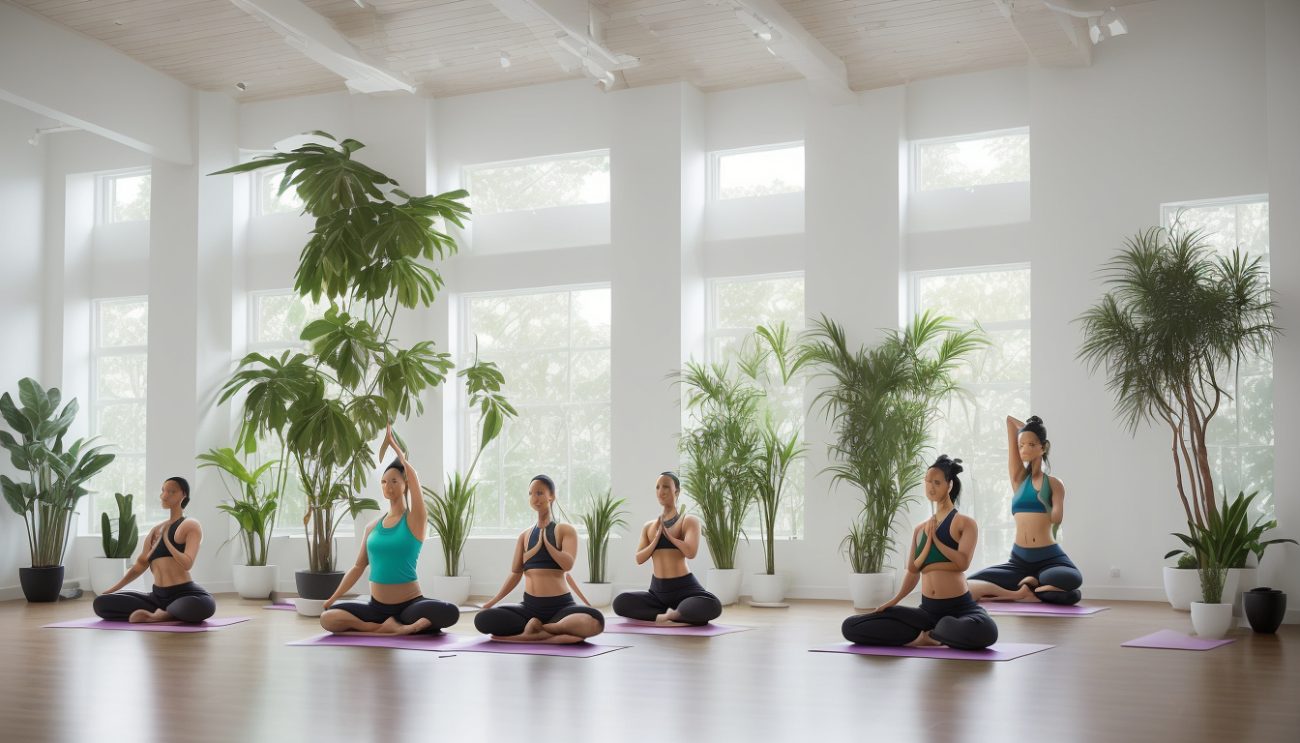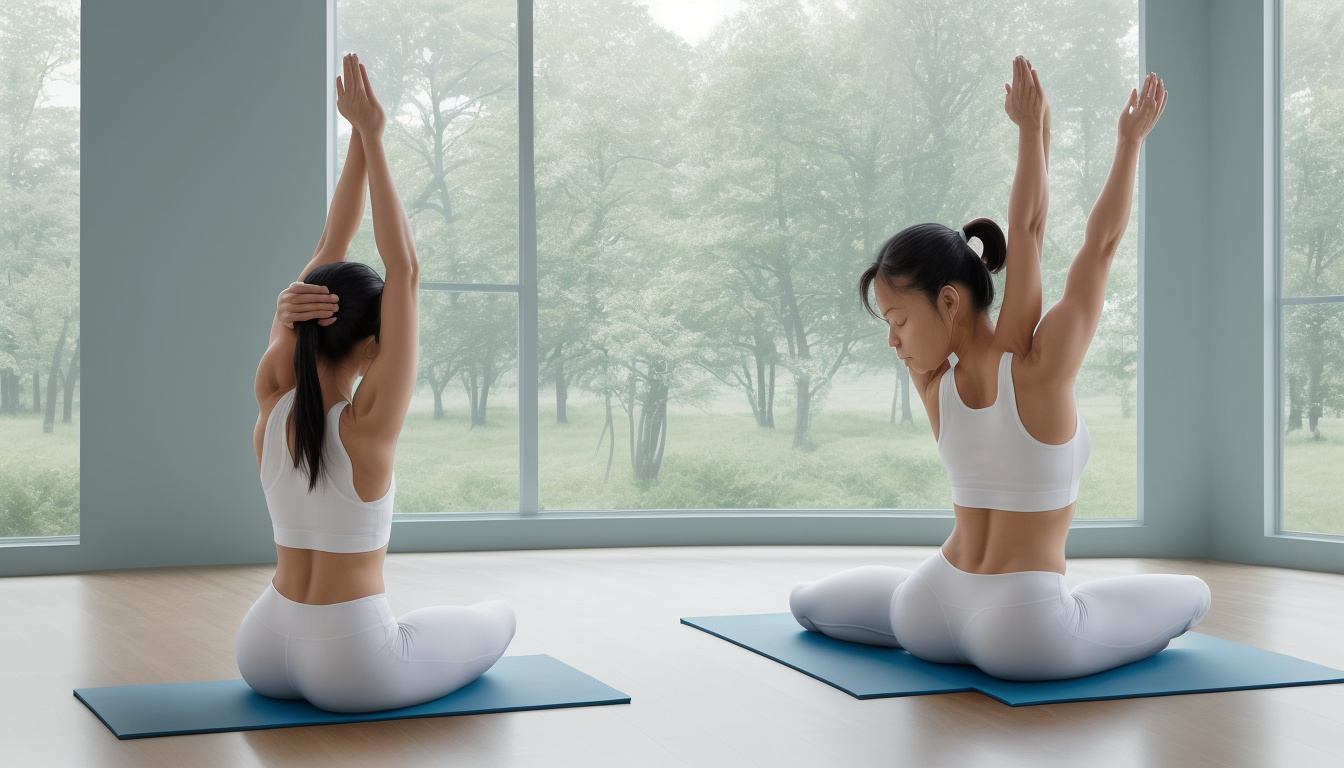Unlock Your Body: Mastering Your First 5 Essential Poses for Ultimate Flexibility
Flexibility is a cornerstone of physical health, influencing your mobility, posture, and even your mental well-being. Whether you're new to yoga or simply looking to enhance your body's range of motion, incorporating targeted poses into

Flexibility is a cornerstone of physical health, influencing your mobility, posture, and even your mental well-being. Whether you’re new to yoga or simply looking to enhance your body’s range of motion, incorporating targeted poses into your routine can make a significant difference. Here’s a simple, focused guide to your first five essential yoga poses, carefully selected to unlock flexibility across your back, hips, core, and shoulders — providing a balanced foundation to build upon.

Why Flexibility Matters
Increasing flexibility isn’t just about touching your toes or achieving impressive splits; it offers tangible benefits including:
- Improved Range of Motion: Easier movement through everyday activities with less tension.
- Reduced Muscle Tightness: Loosening tight areas to decrease muscle strain and discomfort.
- Enhanced Posture: Preventing slouching and muscular imbalances.
- Lower Injury Risk: Flexible muscles and joints resist strains and sprains.
- Better Circulation and Stress Relief: Stretching promotes blood flow and relaxation.
Understanding these benefits can motivate consistent practice and mindfulness during your stretches.
Your First 5 Poses for Flexibility
1. Mountain Pose (Tadasana) – Grounding and Alignment
Though seemingly simple, Mountain Pose is a foundational standing posture that helps you develop body awareness, improve posture, and prepare for other poses.
How to do it:
- Stand with feet hip-width apart, spreading your weight evenly.
- Engage your thighs and lift through the crown of your head, lengthening your spine.
- Relax your shoulders down your back, arms by your sides with palms open.
- Keep your chin parallel to the floor and gaze softly forward.
- Breathe deeply and hold for 3 to 5 breaths.
This pose activates your leg and core muscles, enhancing balance and stability as a base for flexibility work.
2. Standing Forward Bend (Uttanasana) – Stretching the Back and Hamstrings
This forward bend stretches your entire backside, promoting flexibility in your hamstrings, calves, spine, and neck.
How to do it:
- Begin in Mountain Pose.
- Inhale as you raise your arms overhead, lengthening your spine.
- Exhale and hinge at the hips to fold forward, allowing your torso to drape over your legs.
- Bend your knees slightly if needed to avoid strain.
- Let your head hang heavy and your arms dangle or hold opposite elbows.
- Breathe deeply and hold for 30 seconds to a minute.
This pose helps relieve tension in the back and legs while calming the nervous system.
3. Low Lunge (Anjaneyasana) – Opening the Hips and Lengthening the Spine
Opening tight hips improves overall mobility, especially for those who sit for long periods.
How to do it:
- From a kneeling position, step your right foot forward into a lunge, aligning the knee over the ankle.
- Lower your left knee to the floor and untuck your toes.
- Lengthen through your spine and lift your chest.
- Optionally, raise your arms overhead or keep them on your right thigh for balance.
- Hold for 30 seconds to 1 minute, then switch sides.
Using a prop like yoga blocks or resting hands on the thigh can provide support as your flexibility develops.
4. Cat-Cow Pose (Bitilasana-Marjaryasana) – Mobilizing the Spine and Core
This dynamic sequence warms up your spine, increasing flexibility and easing tension through smooth movement.
How to do it:
- Start on your hands and knees, wrists under shoulders and knees under hips.
- Inhale: arch your back, letting your belly drop toward the floor; lift your head and tailbone (Cow).
- Exhale: round your spine up toward the ceiling, tucking your chin to chest (Cat).
- Flow between these positions slowly for 1 to 2 minutes, syncing breath with movement.
Cat-Cow enhances spinal flexibility and warms your core and shoulders, preparing those areas for deeper stretches.
5. Triangle Pose (Trikonasana) – Stretching the Side Body and Legs
Triangle Pose improves flexibility in the hamstrings, hips, spine, and shoulders while building balance.
How to do it:
- Start in Mountain Pose.
- Step your right foot back about 3 to 4 feet, turning it slightly outward.
- Keep your left foot facing forward.
- Extend your arms out to the sides, parallel to the floor.
- Hinge at your left hip to reach your left hand down to your shin, ankle, or a block.
- Extend your right arm upward, gaze soft or looking at your raised hand.
- Hold for 30 seconds to 1 minute before switching sides.
This pose opens the hips and chest, elongates the spine laterally, and encourages flexibility across multiple muscle groups.
Safety and Tips for Flexibility Training
- Listen to Your Body: Move within comfortable limits. Discomfort is normal sensation; pain is not.
- Use Props: Blocks, straps, or cushions can reduce strain and improve alignment.
- Breathe Deeply: Breath supports relaxation and deeper stretching.
- Consistency Over Intensity: Regular gentle practice trumps occasional intense sessions.
- Consult Professionals: If you have existing injuries or health conditions, seek advice from a healthcare provider or a certified yoga instructor.
Building Your Practice
Starting with these five poses provides a well-rounded introduction to flexibility training that engages major muscle groups and joint areas. As your flexibility improves, consider adding seated stretches like Head-to-Knee Forward Bend or more challenging backbends such as Bow Pose.
Incorporating mindfulness, patience, and steady progress will help you unlock your body’s full range, leading to greater ease of movement and overall well-being.
Unlock your body one breath and one stretch at a time — your journey to ultimate flexibility begins now!



